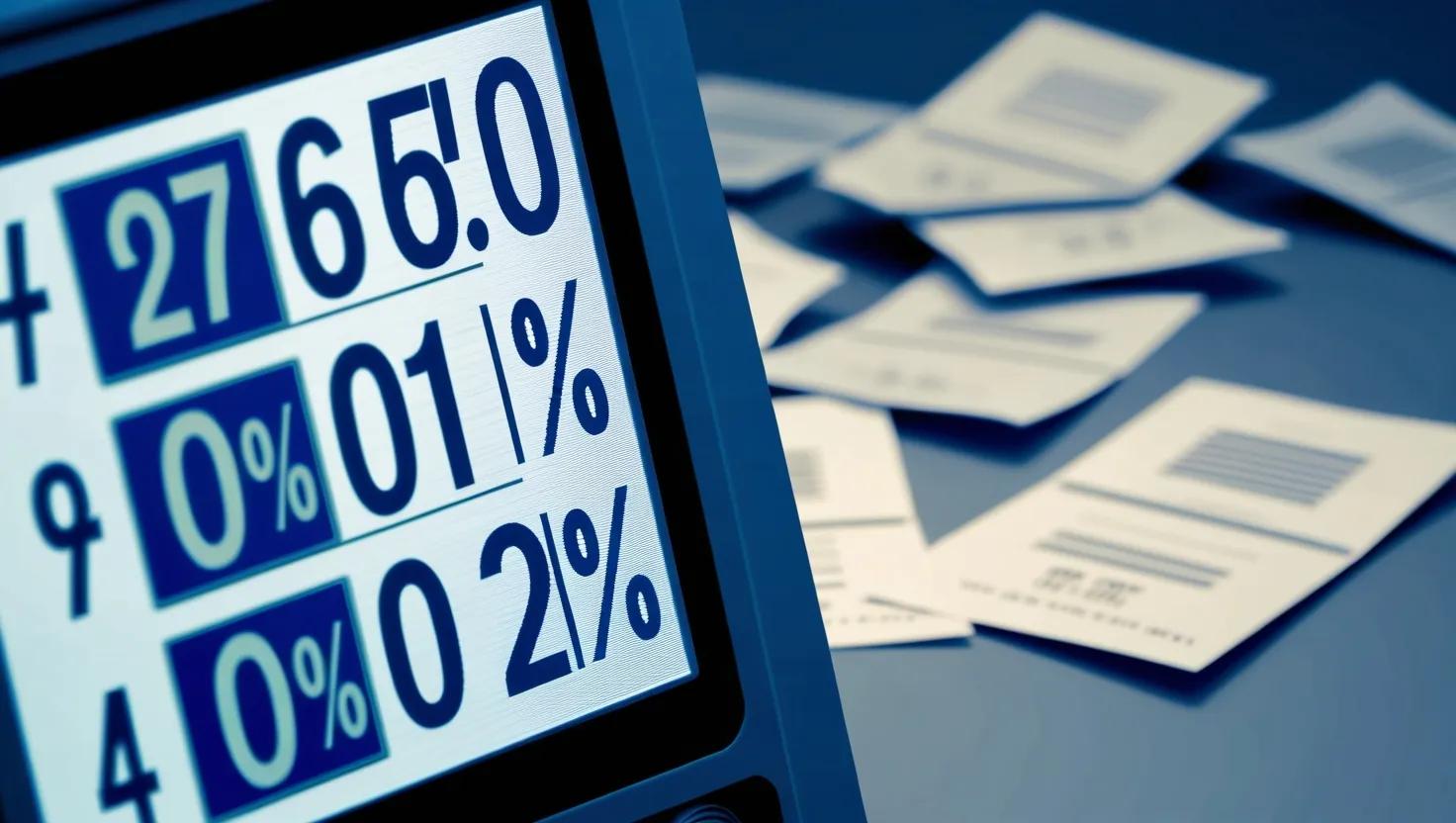What does it mean when a machine counts more votes than the people who actually showed up? How does a candidate attract votes after the polls have closed? If ballots are neither lost nor stuffed, how is it possible for someone to win, lose, and win again all in one night? I find myself asking these questions more often than I care to admit. In the world of elections, where software stands between human intention and the final count, sometimes the numbers add up to impossibilities, and those impossibilities have a name: phantom ballots.
“Eternal vigilance is the price of liberty.” – Wendell Phillips
There’s a story I often recall from a small precinct, where even those who ran the elections were stunned by the outcome. Voter turnout exceeded 100%, peaking at a surreal 120%. Every available voter was counted, and then some. The usual culprits—clerical errors, duplicate voter lists, or early voting rolls being misapplied—were ruled out. So, where did the extra votes come from? When a digital tabulator claims to have counted more ballots than there are actual voters, we are forced to confront the gap between what people observe and what the machine records.
These mistakes aren’t always easy to spot. In fact, sometimes, machines appear to function perfectly on the surface. The screen responds, the ballot feeds, and the totals display without a hitch. Only after the results seem off—perhaps a candidate surprisingly surges past all expectation, or a previously losing candidate is suddenly ahead—do the doubts set in. Sometimes, the paper backup fails to match the machine’s memory, leaving officials torn between trusting physical evidence or digital records. A remarkable case involved phantom votes appearing after polls closed, with no matching paper trail or sign of tampering at the ballot box. Does the machine hallucinate, or has someone, somewhere, quietly rewritten reality?
“The ballot is stronger than the bullet.” – Abraham Lincoln
Many people assume that voting machine failures must be the result of hacking or tampering, a product of the modern age’s worst fears. More often, though, the causes are banal: a misaligned scanner, a corrupt memory card, or an overlooked software update. Yet, the effect remains shocking. Devices sometimes register votes for candidates no one selected. Ballot images load from nowhere, or flip from one candidate to another depending on how a machine is recalibrated mid-day.
In my research, I have seen “overvotes” recorded when voters never even tried to pick multiple candidates. Some ballot scanners are so finely tuned to monitor contrasting marks that stray shadows or printing glitches can trip their sensors, causing a marked box to be read where none exists. It is sobering to think that a flick of a fluorescent bulb or a printer error can tip the scales of democracy.
A lesser-known episode occurred when old machines quietly communicated with remote servers without authorization—something that shouldn’t be possible in a supposedly closed network. Election officials traced the anomaly to a smartphone connected for technical support, but the damage was done. Once people realize there are ways for data to leak or arrive unexpectedly, confidence crumbles. Even routine software bugs have outsized consequences in elections, where one incorrect line of code can create outcomes that defy statistics.
“Democracy is not just the right to vote, it is the right to live in dignity.” – Naomi Klein
A particularly uncomfortable aspect is the “vote flip.” This is not a theoretical glitch but a documented event, where the unofficial count shows Candidate A in the lead, only for the final certified tally to hand victory to Candidate B, with little transparency about the shift. Sometimes, discrepancies are found when hand-recounting ballots. In other situations, there’s no way to reconcile the numbers, and trust is asked, not compelled.
The stories I come across range from the quaint to the dramatic. In a well-documented case, voters were confronted with machines that provided “receipts” confirming their selections but, during the audit, it turned out the digital records differed from those paper receipts. Was it a software error, fraudulent programming, or just an inscrutable system failure? Forensic audits delved into cryptic code changes, unintelligible logs, and sometimes even evidence that a machine had been restarted, wiping out key audit information.
What’s often missed is just how difficult it is for the average voter or poll worker to detect these issues in the moment. Voting machines are designed to be black boxes: secure, but inscrutable. Technical experts may eventually uncover the technical cause—a design flaw, faulty logic, or human error during setup. By then, though, the election may be certified, or public doubts may have hardened into cynicism.
“Those who cast the votes decide nothing. Those who count the votes decide everything.” – Joseph Stalin (attributed, but widely referenced in election security circles)
The irony is, most of these phantom ballot incidents do have prosaic explanations. A memory card inserted twice, a poll worker pressing the wrong button, or a misconfigured network directory. Yet, for all the ordinary causes, the consequences are anything but ordinary. Each incident, explained or not, adds a grain of doubt. That doubt is contagious—one unexplained spike in votes or missing record can haunt future elections, regardless of rigorous audits or well-meaning reassurances.
The drive to improve voting technology has brought new protections: voter-verified paper audit trails, parallel machine testing, and independent commission oversight. Yet, even these safeguards are imperfect. If a receipt and digital record disagree, who decides which is right? What happens if both disagree with the published vote totals?
It’s easy to ask if we should go back to all-paper ballots, banish machines entirely, and count every vote by hand. Yet, paper ballots have their own challenges—ballot stuffing, lost boxes, spoiled ballots. Machines were brought in to bring speed, accuracy, and accessibility. The real issue is not technology itself, but whether checks and failsafes keep pace with fast-changing threats and errors.
“Freedom is hammered out on the anvil of discussion, dissent, and debate.” – Hubert H. Humphrey
When I talk to election officials, many are forthright about the pressures they face. They recount hours spent poring over logs, re-running counts, and placating worried citizens. But for most, there is still pride in the process, in the act of democracy working out loud. Phantom ballots, then, are not just statistical flukes or bad software. They are cracks in the shared understanding of how a voice becomes a choice, how a vote moves from intent to outcome.
So, as we confront the possibility that machines may sometimes invent, lose, or mangle votes, we must ask: What does it mean for us, as a society, when even a single phantom ballot exists? Is our faith in democracy so fragile that every error is a threat, or does the act of public scrutiny, of persistent questioning, protect the core of our collective decision-making?
With each election, I find I trust less in the outcome, but more in the process of vigilance and reform. Transparency—painful, messy, and sometimes embarrassing—is the only way forward. The presence of phantom ballots need not spell disaster, provided we are prepared to examine, admit, and address each occurrence, no matter how improbable.
Maybe the most haunting question is not, “How could this happen?” but rather, “What will we do the next time the numbers simply don’t add up?”
“Confidence… thrives only on honesty, on honor, on the sacredness of obligations, on faithful protection and on unselfish performance; without them it cannot live.” – Franklin D. Roosevelt






